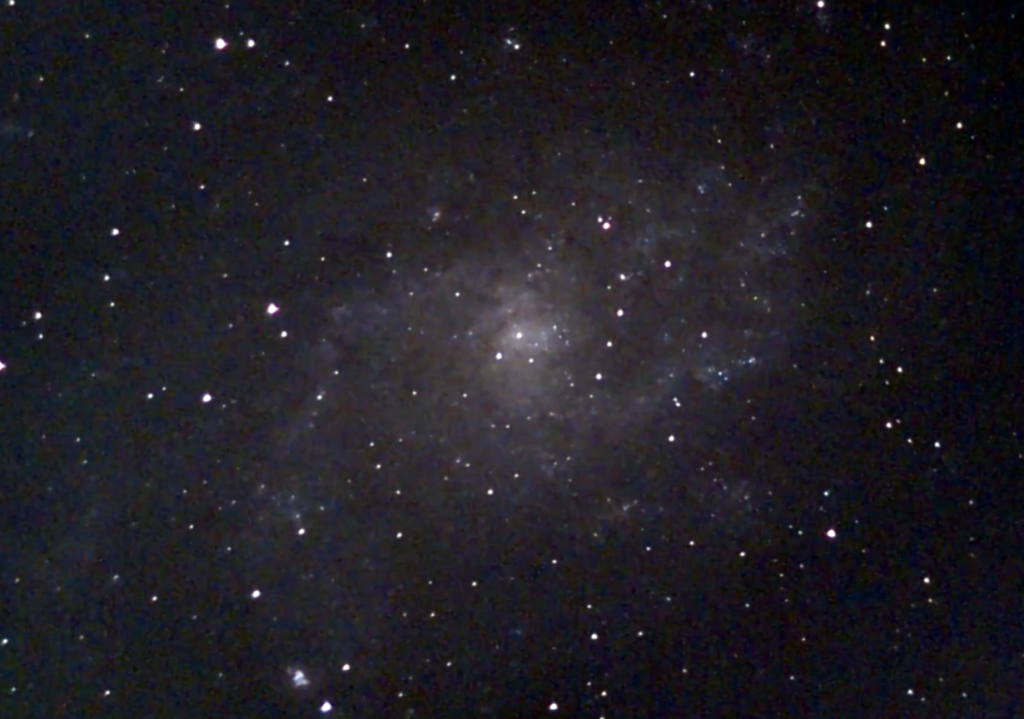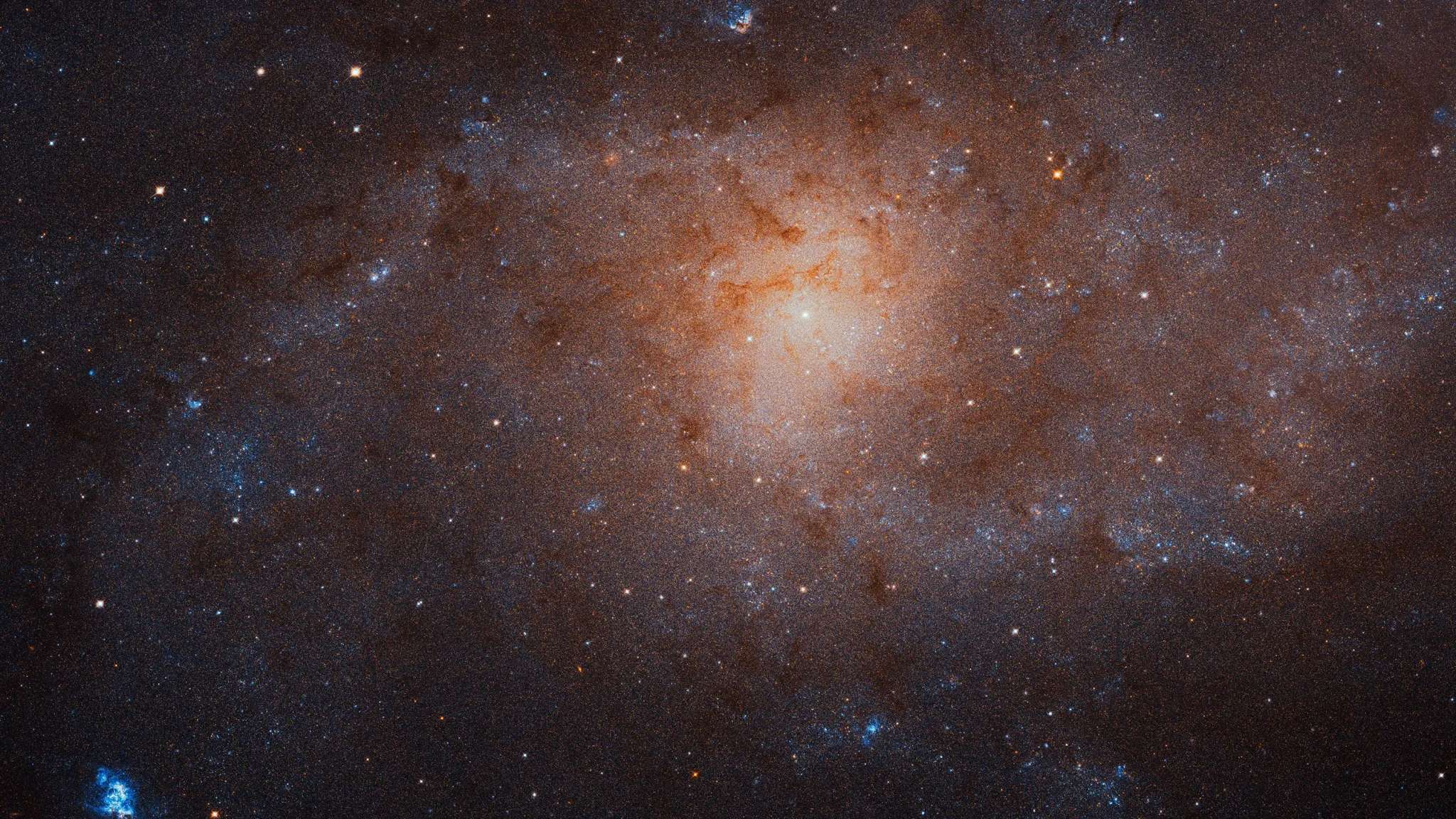M33 | NGC 598 | Triangulum Galaxy | Triangulum | 2,730,000 Light Years Away
Our best Capture

Messier 33, commonly known as the Triangulum Galaxy, is a stunning spiral galaxy located in the constellation Triangulum. Discovered by Italian astronomer Giovanni Battista Hodierna in the 17th century and later cataloged by Charles Messier in 1764, M33 is one of the closest spiral galaxies to our own Milky Way. Positioned approximately 2.7 million light-years away, the Triangulum Galaxy is part of the Local Group, a collection of galaxies that also includes the Milky Way and the Andromeda Galaxy.
With a diameter of about 60,000 light-years, Messier 33 is smaller than both the Milky Way and the Andromeda Galaxy but is still the third-largest galaxy in our Local Group. It is characterized by its intricate spiral arms, star-forming regions, and a central core. M33 is a site of active star formation, with numerous young, hot stars illuminating the spiral arms and contributing to the galaxy’s overall brightness. Observations of the Triangulum Galaxy provide astronomers with valuable insights into the processes of star formation, galactic structure, and the dynamics of spiral galaxies.
Despite its relative proximity, Messier 33 can be challenging to observe with the naked eye due to its low surface brightness. However, it has become a popular target for amateur astronomers and astrophotographers using telescopes to capture its beauty and detail. The study of the Triangulum Galaxy enhances our understanding of the diverse structures and behaviors exhibited by spiral galaxies and contributes to our broader comprehension of the intricate cosmic ballet within the Local Group.

